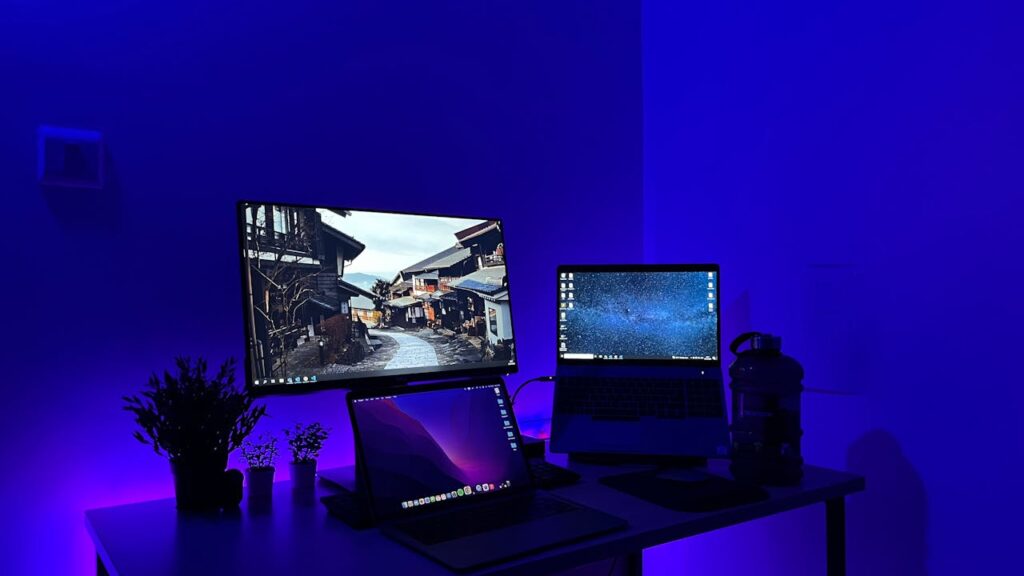Instructions for Setting Up a Multi-Room Sound Framework: A Complete Guide
In today’s smart home times, having a consistent multi-room sound framework allows you to participate in your favorite music, digital broadcasts, or radio broadcasts in every part of your home. Whether you’re hosting a party or simply participating in your own space, a well-designed multi-room sound arrangement makes your home sound experience better than ever.
This guide will walk you through how to set up a multi-room sound situation, from choosing the right gear to improving sound quality to ensuring you get the most out of your home sound arrangement.
1. Choose the Right Multi-Room Sound System
Before you start wiring your home or connecting speakers, you need to choose the framework that best suits your needs and budget. The three most popular options for setting up a multi-room sound system are:
- Wi-Fi-based systems: These are remote systems that connect to your home’s Wi-Fi network. These are great for larger homes and people who want flexibility. Popular options include Sonos, Bose SoundTouch and HEOS by Denon.
- Bluetooth systems: Bluetooth-based systems are more simple, but have limited range. If you’re only setting up sound in a few rooms, this may be a good option for those on a budget.
- Wired systems: Wired systems offer the best sound quality, but require more complex setup and installation. If you’re building or renovating your home, a wired system may be a good long-term project.
2. Set your budget
The cost of a multi-room sound system can vary widely depending on your arrangement. Before making any kind of investment, make a proper financial plan to avoid overspending. Here is a breakdown of the potential expenses:
- Wi-Fi speakers: Premium options like Sonos or Bose typically range from $150 to $500 per speaker. You may need a couple of speakers for the full multi-room experience.
- Enhancers and receivers: If you are going for a wired arrangement, you will need speakers and receivers. These can range from $200 to $1000, depending on the complexity and number of channels.
- Links and installation: For a wired framework, calculate the cost of expert installation, which can range from $500 to $2000, depending on your home design and number of rooms.
3. Map out your home’s sound zones
An important part of any multi-room sound framework is separating your home into “zones.” Each zone addresses an area where you need to control the sound independently.
- Common Areas: The kitchen, parlor, room, toilet, and outdoor areas are well-known areas for multi-room sound.
- Custom Areas: If you have a large home or unique areas (such as a home recreation center, office, or game room), consider adding custom zones for a custom-made sound experience in these spaces.
Once you have outlined your zones, you can conclude the number of speakers you need for each space and where they should be placed.
4. Choose the right speakers for each room
The type of speaker you choose should depend on the size and purpose of the room. For example:
- Small Rooms: Small speakers are great for small rooms like a room or bathroom. A single Sonos One or Bose Home Speaker 300 can fit into these spaces without any trouble.
- Large rooms: For larger spaces like lounges, kitchens, or open-minded areas, consider using larger speakers or other smaller speakers positioned decisively for better inclusion.
- Open-air areas: If you intend to extend your sound framework to the porch or nursery, put resources into weatherproof open-air speakers that can withstand the effects of the weather.
5. Set up your sound framework hardware
Now that you’ve selected your speakers and outlined your areas, it’s the perfect time to set up the equipment. Here’s how to do it for the most popular types of frameworks:
- Wi-Fi systems: Setting up a Wi-Fi-based framework like Sonos or Bose isn’t difficult. Simply place the speakers in their designated areas, plug them in, and connect them to your home’s Wi-Fi network via the associated application.
- Wired Systems: For a wired framework, you will need to run speaker wire through your walls or ceilings to your focal intensifier or collector. This arrangement generally requires skilled installation.
- Bluetooth Systems: Set up by placing Bluetooth speakers in each room and pairing them with your phone or tablet. Remember, Bluetooth associations have a limited range and may not be great for larger homes.
6. Use an Integrated Control System
A well-planned multi-room sound framework needs an easy-to-understand control center. Most Wi-Fi-based frameworks come with their own application that allows you to control the music in each room, change the volume, and even create playlists.
Well-known multi-room control applications include:
- Sonos App: Allows you to control the music in each room, sync rooms together, or play different tracks in different areas. Works with important real time features like Spotify, Apple Music, and Amazon Music.
- Bose Music App: Offers comparable utility with custom sound settings and consistent association with Bose speakers.
- HEOS App: Works with Denon and Marantz gadgets to control sound in different rooms.
If you have a smart home framework, you can coordinate your multi-room sound with smart companions like Amazon Alexa, Google Assistant, or Apple HomeKit for voice control.
7. Customize Sound Quality
Once your framework is set, it’s essential to adjust your sound to get the best solid experience with each room.
- Speaker Placement: Don’t place speakers too close to walls or inside closed racks, as this can muffle sound. Place them at ear level for ideal listening.
- Balancer Settings: Most applications allow you to change bass, high pitch, and mid-range levels. Try different things with these settings for each room, as larger rooms may require unexpected settings compared to smaller rooms.
- Room Calibration: Top quality systems like Sonos or Bose have programmed room alignment features that change the sound output based on the room’s acoustics.
8. Expand as needed
One of the great things about modern multi-room sound systems is that they’re versatile. You don’t need to install speakers in every room right away. Start with your living area and slowly expand according to your needs (and budget).
Setting up a multi-room sound system can change the way you listen to music, digital broadcasts and more in your home. Whether you choose a Wi-Fi-based system like Sonos, a budget-friendly Bluetooth arrangement or a premium wired system, this guide will help you create the ideal sound solution for your home.










